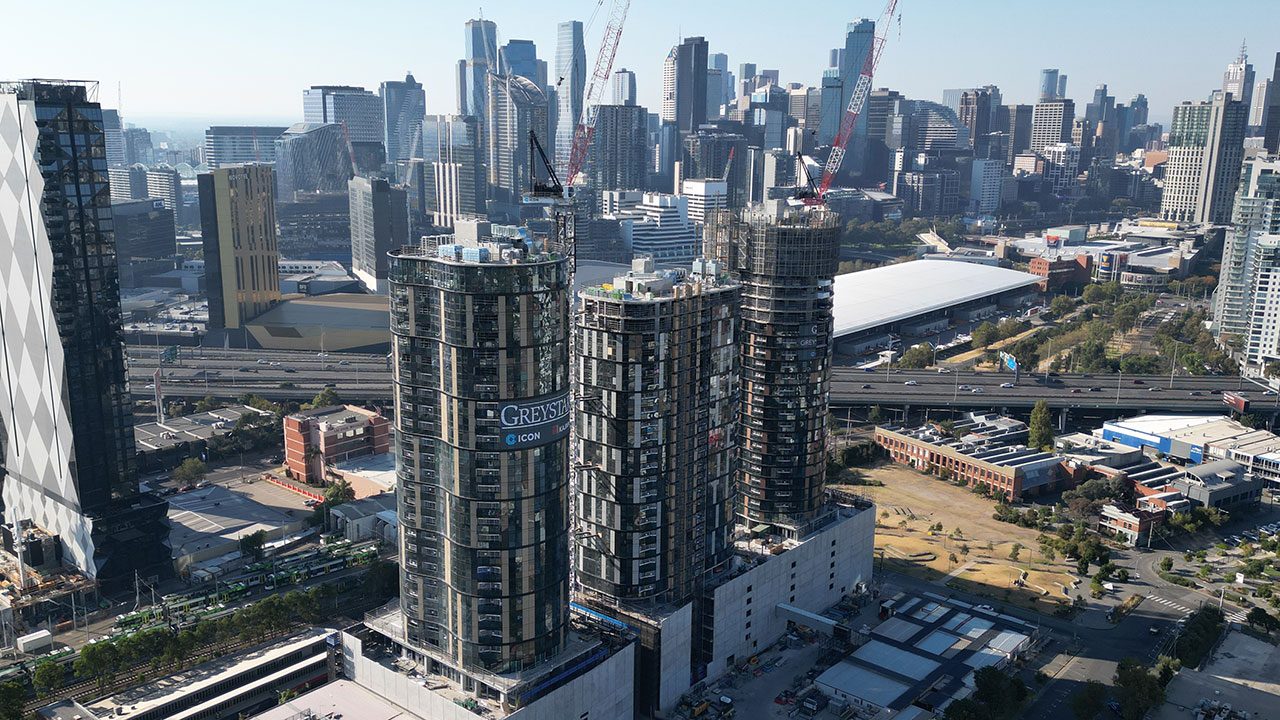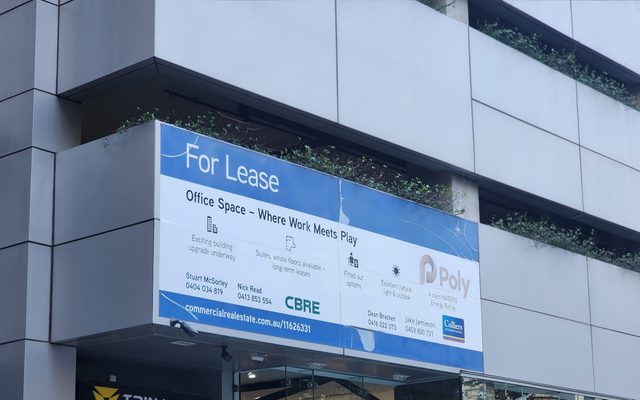This article is from the Australian Property Journal archive
ECONOMIC conditions, persistently low housing supply levels and government tax breaks will help spur Australia’s nascent build-to-rent (BTR) sector, which saw investment volumes skyrocket by 361% over 2023, according to new analysis.
The ongoing investment could help the Australian government deliver its ambitious National Housing Accord target of 1.2 million new homes by 2029, according to Savills in its new Australian Multifamily Market & Trends report.
Rents have been surging and vacancies are hovering around historic lows amid a severe shortage of housing supply, driven by narrowing purchasing affordability, which Savills said this has also combined with lower off-plan sales to investors.
BTR remains a resilient asset class, Savills said, with investment volumes climbing a staggering 361% in 2023 compared to the previous five-year average.
“Australian BTR is tipped to play an increasingly important role in meeting housing demand, and Savills forecasts that economic conditions and ongoing low vacancy will solidify the high growth potential of the sector.”
The National Housing Accord is being run concurrently with the $10 billion Housing Australia Future Fund, which aims to build 30,000 social and affordable homes to be delivered, and National Housing Accord Facility’s further 10,000 affordable homes. The up-and-running Social Housing Accelerator is targeting 4,000 new social homes. These are in addition to state government programs.
The targets are considered farfetched by analysts amid a severe labour shortage, current low approval rates and planning red tape.
However, the surging investment volumes suggest developers and property companies see BTR projects stacking up financially in the current housing environment.
Savills tallied 13,265 BTR units currently underway in Australia – equivalent to 1% of the government’s 1.2 million target – all of which are scheduled for completion within the next three years. A further pipeline of over 32,000 BTR apartments could be unlocked following planning approvals, and delivered by the end of 2028.
However, Savills analysis reveals that only 42% of all announced BTR pipeline units are funded, and have a likeliness of being delivered by the end of 2028. The remaining 19,000 units are either not funded, or the feasibility of the previously capitalised development is no longer viable.
“Unlocking the significant pipeline of BTR development projects should be a key focus to help reach the ambitious housing delivery target of building 1.2 million new well-located homes over the next five years,” said Conal Newland, head of operational capital markets at Savills Australia.
Earlier this month AsheMorgan’s $700 million-plus, 900-apartment District Living project in Melbourne’s Docklands came a step closer to approval, while in Match Victorian government approved a $1.7 billion Lendlease and City of Melbourne development next to the Queen Victoria Market that will deliver 560 BTR apartments, with 80 to be affordable housing, the same week it gave Novus the go-ahead for a 215-apartment tower on a car park site in the St Kilda Road precinct
The Albanese government is currently receiving feedback on its Treasury Laws Amendment Bill 2024: Build-to-rent developments, which aims to encourage offshore institutional investment in the nascent sector and release more housing supply amid the national housing crisis. It is proposing to increase the depreciation rate for the capital works tax deduction and to reduce the final withholding tax rate on eligible fund payments from managed investment schemes, where construction has started post-9th May 2023. However, to access the concessions under the draft legislation, the build-to-rent development must include a minimum 10% component of affordable housing.
In its submission to the federal government, Housing All Australians – a national private sector “for purpose” organisation and registered charity, whose co-founder and director is former Frasers Property Australia general manager Robert Pradolin – proposed a new smart technology platform would result in affordable homes “delivered in every BTR project”.
Tax changes to spur investment
Savills expects that changes in the Australian tax landscape will further spur investment, with the federal government’s halving of the managed investment trust (MIT) withholding tax to 15% for foreign investors in BTR expected to take effect from 1st July.
“However, BTR projects are still currently subject to onerous tax regimes, such as the
inability to claim back Goods and Services Tax (GST) on BTR construction and land costs, which are available for those delivering private for-sale schemes,” Savills said.
Newland said policy changes at a federal level are “fundamental to ensuring that the true growth potential of the BTR sector is fully realised”. State and local governments have also been introducing their own concessions for BTR developers.
The report found the BTR sector captured 8% of all transactional dollars across the Australian real estate market in 2023 – considerably above the five-year average of 1%.
Rolling annual residential starts are at a decade low at 165,000, with completions 22% below their 2017 peak.
“The reduced level of new housing stock will buoy demand for rental properties, sustain elevated occupancy and support the demand for BTR assets,” the report said.
“While we are not out of the woods yet, the outlook on interest rates is much more positive now than it was six or even three months ago. These conditions should bring additional investment and growth into the Australian BTR sector,” said Savills director, operational capital markets, Paul Savitz.
Knight Frank has tipped the BTR sector to see 55,000 dedicated units completed by 2030.
Melbourne BTR achieves higher rental price
Savills analysed a range of two-bedroom rental apartments across six newly-developed and operational BTR schemes, spanning Melbourne’s CBD, east, south and west, comparing median BTR rental prices to privately-owned two-bedroom median prices in the same suburbs. It identified that BTR schemes command 18% to 26% higher rents.
“BTR is a different offering to the private rental sector and should be considered that way, and be treated that way in aspects of policy, planning and taxation,” Savitz said.
“Fundamentally, this higher rental pricing is largely due to the value-add offering provided to a resident in a BTR scheme when compared to one in the private rental market. The higher rental rate accounts for that professionalism, sustainability, amenity provision, tenure security, and quality difference across the two housing choices.”





